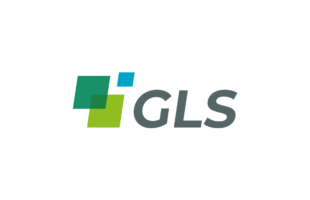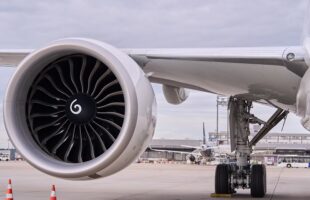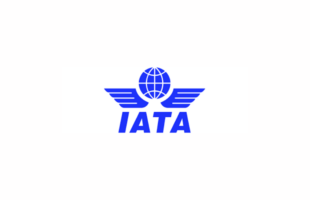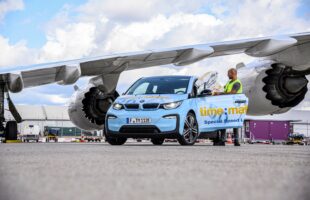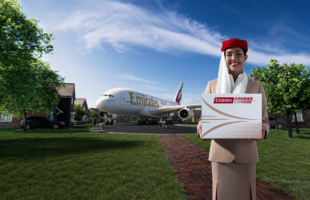

Cathay Pacific is taking the lead in aviation’s sustainability efforts in Asia with the extension of Fly Greener to its air cargo services. Fly Greener is a carbon-offset programme powered by an integrated carbon emissions calculator, as part of the airline’s commitment to tackling climate change by achieving net-zero carbon emissions by 2050.
Customers have already been able to estimate their potential carbon emissions by searching for flight connections with the emission calculator on cathaypacificcargo.com. With the newly launched Fly Greener, registered customers can now offset their shipments by air waybill (AWB) number.
Users can enter five AWB numbers at a time, but can submit as many applications as required over any monthly period. The tool, which uses the latest IATA methodology, will show the volume of emissions and display the offset charge in local currency, calculated by weight, and aircraft type.
This level of detail is central to the scheme, as explained by Simon Ng, CEO of Global Logistic System (HK) Co., Ltd (GLSHK), a Cathay Pacific-owned subsidiary that designed the technology.
Ng said: “Multiple factors can lead to variance in the amount of emissions generated by a booked shipment. GLSHK helped refine this system with Cathay Pacific Cargo by using a variety of data sources to calculate the emissions for a shipment including the actual flown route, aircraft type, and actual flying distance to maximise the accuracy of the offset for our customers.”
After each submission, customers will be sent a spreadsheet showing the totals carried and claimed, plus the carbon-offset calculation. They will also receive a monthly statement displaying all submissions from the previous month and the total to be settled. Customers will then receive a certificate showing the offset total and the project they have supported, for their own sustainability auditing processes.
The monetary contributions go directly to fund third-party validated projects that help to offset the CO2 generated by shipments, through carbon credits bought by Cathay Pacific and passed on to customers at cost. The airline makes no profit in the carbon-offset transactions.
The programme currently supports four projects which bring fuel-efficient cooking stoves to families in Bangladesh, solar-powered hot water to households in India, and solar-powered cooking stoves and small biogas plants to families in the Chinese Mainland.
The carbon-offset programme follows the launch earlier this year of Cathay Pacific’s Corporate Sustainable Aviation Fuel (SAF) Programme, which brings the alternate jet fuel into Hong Kong International Airport for the first time in history. It provides corporate customers the opportunity to reduce their carbon footprint from business travel and air cargo shipments by contributing to the use of SAF. The Hong Kong airline was among the first carriers in the world to announce a target of 10 percent SAF in its total fuel use by 2030.



